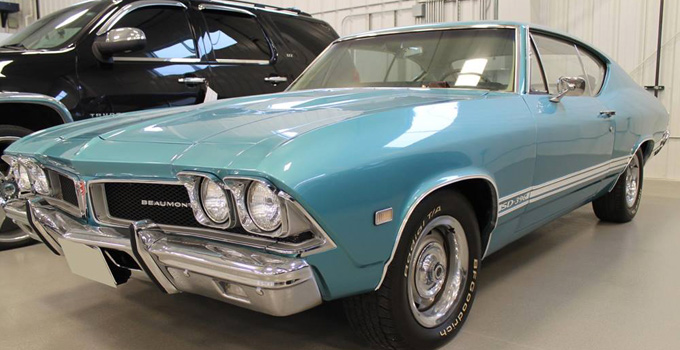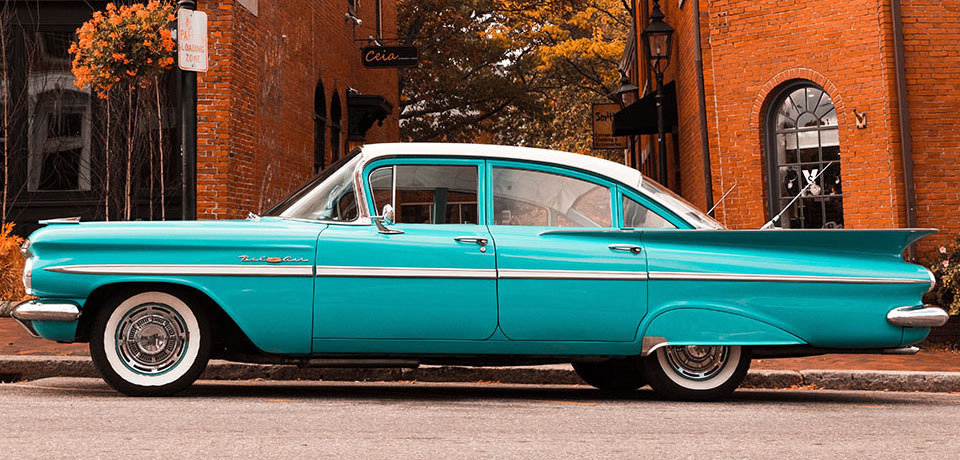The year is 1867, Henry Seth Taylor, a Canadian watchmaker and jeweller, unveiled a steam buggy at the Quebec Stanstead Fall Fair. Taylor’s steam buggy was the first “automobile” invented in Canada and he promptly crashed it into a creek. Granted, he didn’t include any brakes.
Introducing Ford and Le Roy
Shortly after Taylor’s failed steam buggy, the automotive industry in Canada took off. Nelson and Milton Good created Le Roy Manufacturing Company in 1899, introducing the first gas-powered automobile manufactured in quantities for sale in Canada. Le Roy was closely followed by an organization you may have heard of: the Ford Motor Company of Canada. Gordon M. McGregor of Windsor struck a deal with Henry Ford only a year after Ford began production in Detroit. Between 1918 and 1923, Canada became the world’s second largest vehicle producer.
Unfortunately, Le Roy followed in Taylor's footsteps and created an automobile that lacked a braking system. Le Roy Manufacturing went out of business by 1907. Ford, however, found success creating the Model C (and later, the Model T) in Canada, a vehicle that included brakes. The original Model C was marketed as a ‘Doctor’s Car’.
American influence on Canadian cars
With a larger population, access to resources and cheaper production, America’s influence on the Canadian automobile industry became something our government grew wary of. Many of the automobiles produced then (and now) came with a heavy American style. In fact, in 1950 Buick found a new market in Newfoundland. But the deluxe cars were unable to survive the Newfoundland roads. With cracked and broken frames threatening their reputation, Buick flew engineers to Newfoundland to create a Canadian-worthy car. Buick was quickly reminded that to survive in the Canadian wilderness, you need to be tough. They created the made-for-Canada Buick that had a heavy frame, specially tempered springs, and abnormally powerful shock absorbers.
Canadian-only cars
In 1936, the Canadian government imposed a tariff on imported cars in an attempt to protect their automotive manufacturing base and encourage sale of Canadian goods. During this time, Canada had the automobile industry all to ourselves. We began producing cars unavailable to the United States, such as the Pontiac Beaumont, Ford Monarch and Chrysler Fargo.

The failed tariff
Realizing that the tariff was actually hindering the Canadian economy by limiting trade with the United States, changes were imminent. The 1965 Autopact removed the US-Canada tariffs in place, allowing vehicles to be sold across the border without the imposed taxes. While the truly Canadian-only models came to an end, the 1960s and beyond still saw beautiful Canadian created and produced cars, like the Manic GT, the Chevrolet Corvair and the Bricklin SV-1.
Today, automakers in Canada are still operating. The fuel economy is still going strong, with transport consuming roughly half of all petroleum used in Canada, and automobiles are responsible for about half of that quantity. You can keep your vintage cars running smoothly with our premium TOP TIERTM gasoline.
Fun fact: VINs starting with the number two indicate a vehicle made in Canada.

